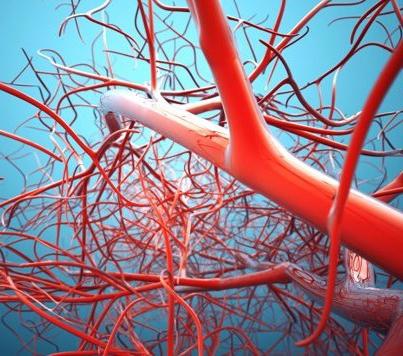Composition of blood and functions of human blood
The essence of this function is reduced to the following process: in case of damage to a medium or thin blood vessel (when squeezing or incising the tissue) and the occurrence of external or internal bleeding, a blood clot forms at the site of the destruction of the vessel. It is he who prevents significant blood loss. Under the influence of released nerve impulses and chemicals, the lumen of the vessel is reduced. If it so happens that the endothelial lining of the blood vessels has been damaged, the collagen located under the endothelium is exposed. Platelets that circulate in the blood quickly stick to it.
Homeostatic and protective functions
Studying the blood, its composition and functions, it is worth paying attention to the process of homeostasis. Its essence boils down to maintaining the water-salt and ion balance (a consequence of osmotic pressure), and maintaining the pH of the internal environment of the body.
As for the protective function, its essence is to protect the body through immune antibodies, phagocytic activity of leukocytes and antibacterial substances.
Blood system
To include the heart and blood vessels: blood and lymphatic. The key task of the blood system is the timely and complete supply of organs and tissues with all the elements necessary for life. The movement of blood through the vascular system is provided by the pumping activity of the heart. Delving into the topic: “The meaning, composition and functions of blood”, it is worth determining the fact that the blood itself moves continuously through the vessels and therefore is able to support all the vital functions discussed above (transport, protective, etc.).

The key organ in the blood system is the heart. It has the structure of a hollow muscular organ and is divided into left and right halves by means of a vertical solid partition. There is one more partition - horizontal. Its task is to divide the heart into 2 upper cavities (atria) and 2 lower cavities (ventricles).
Studying the composition and functions of human blood, it is important to understand the principle of the action of circulatory circles. There are two circles of movement in the blood system: large and small. This means that the blood inside the body moves through two closed systems of vessels that connect to the heart.
The aorta extending from the left ventricle acts as the starting point of the great circle. It is she who gives rise to small, medium and large arteries. They (arteries), in turn, branch into arterioles, ending in capillaries. The capillaries themselves form a wide network that permeates all tissues and organs. It is in this network that the return of nutrients and oxygen to cells occurs, as well as the process of obtaining metabolic products (including carbon dioxide).
From the lower part of the body, blood enters from the upper, respectively, to the upper. It is these two hollow veins that complete the systemic circulation, entering the right atrium.

Regarding the pulmonary circulation, it is worth noting that it begins with the pulmonary trunk, which extends from the right ventricle and carries venous blood to the lungs. The pulmonary trunk itself is divided into two branches, which go to the right and left arteries, are divided into smaller arterioles and capillaries, which subsequently pass into venules, forming veins. The key task of the pulmonary circulation is to ensure the regeneration of the gas composition in the lungs.
Studying the composition of blood and the functions of blood, it is easy to conclude that it is extremely important for tissues and internal organs. Therefore, in the event of serious blood loss or impaired blood flow, a real threat to human life appears.



